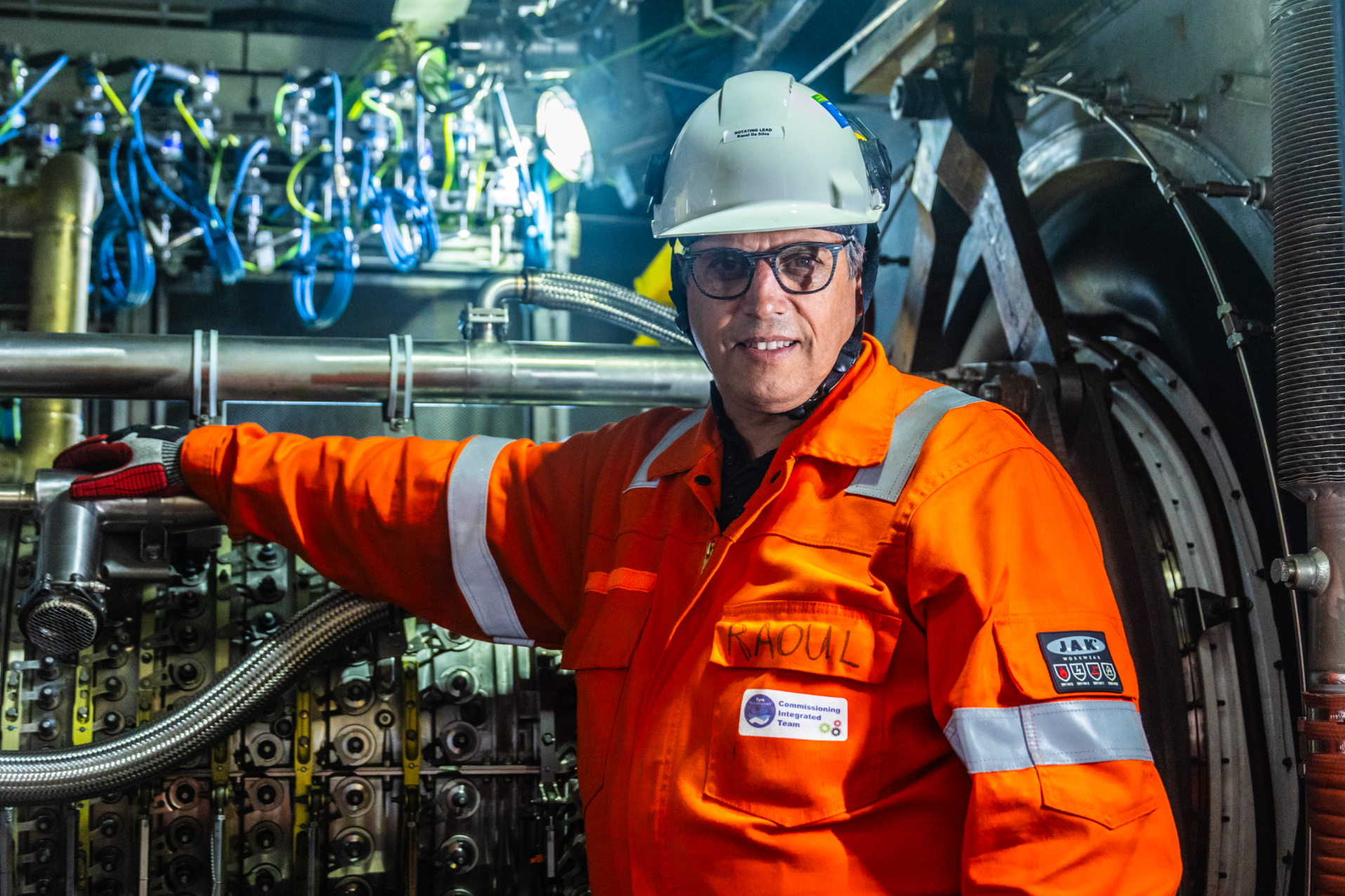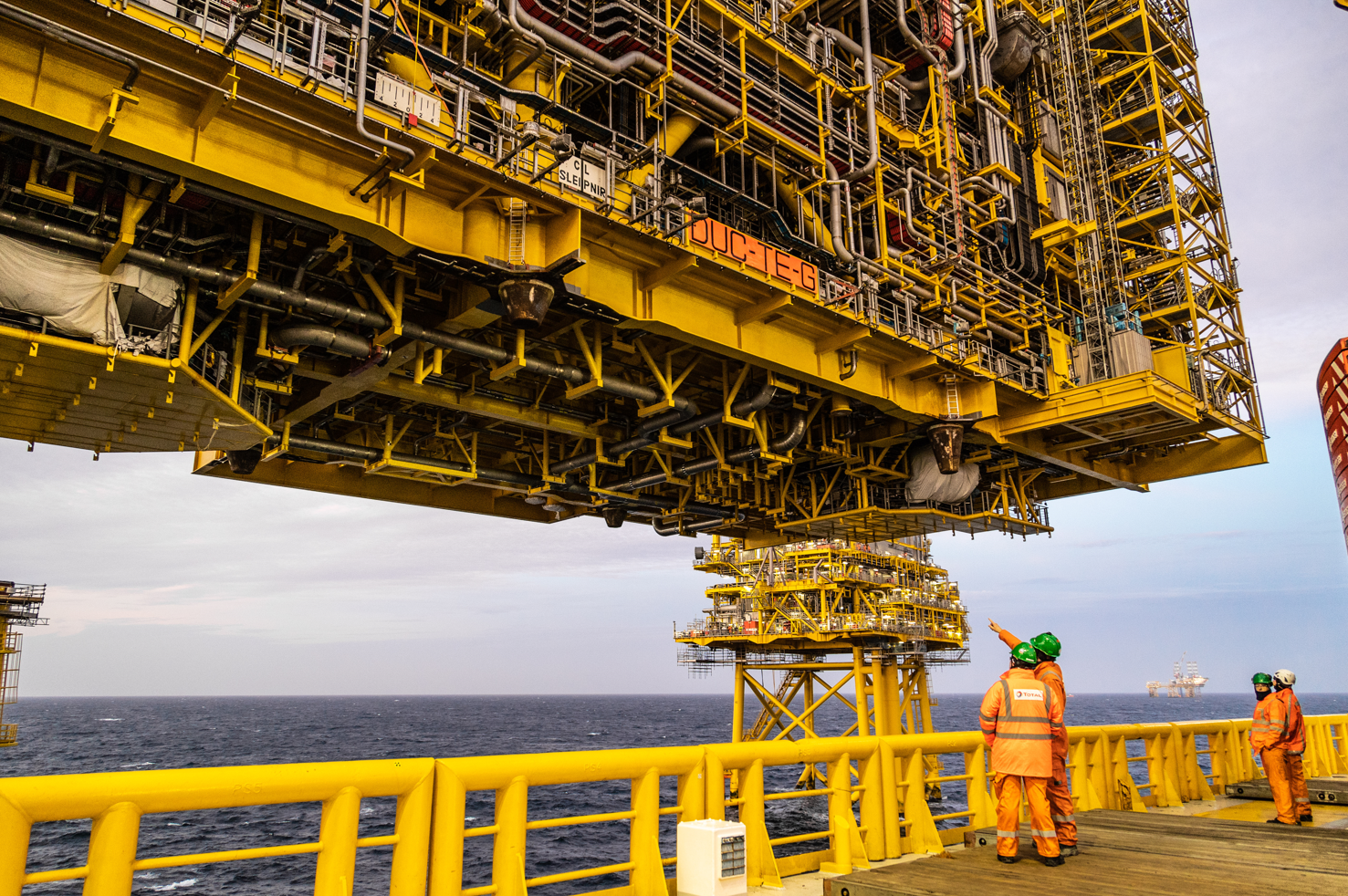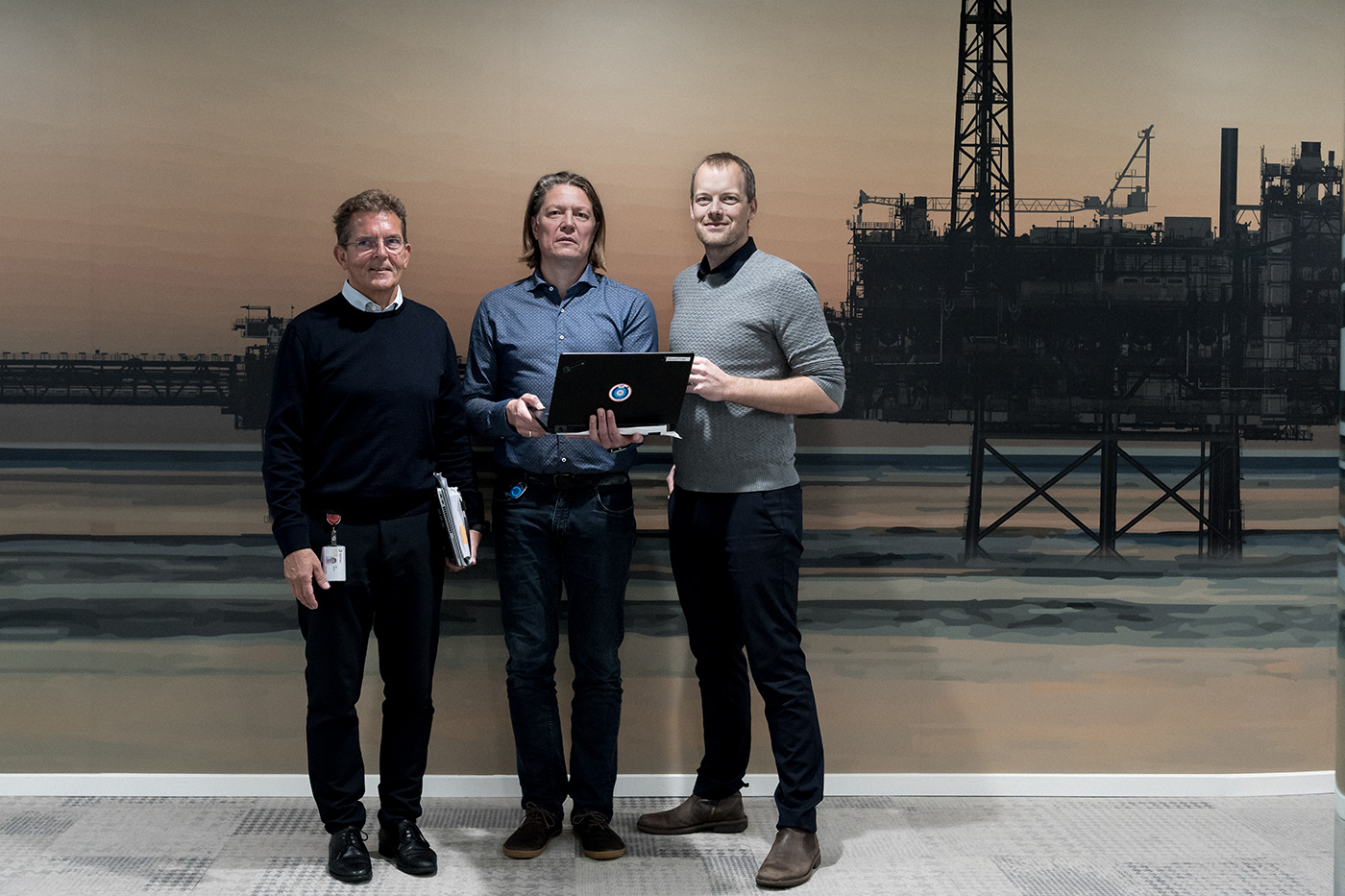
Biodiversity studies at Tyra field contribute to the development of offshore wind in the North Sea
In the recent years, it has become clearer than ever before that the North Sea holds a vast potential for the establishment of offshore wind, and TotalEnergies is one of several companies with plans for wind farms. But how does the marine environment react to noise from the construction work? A study from the Tyra project adds new knowledge.
At TotalEnergies we have adopted the sustainable development goals as central to our company strategy. Two of these goals are centered around biodiversity – promoting and managing biodiversity at our existing sites.
Our work redeveloping the Tyra field allowed us to deploy biodiversity action plans revealing unexpected opportunities in contributing to the biodiversity around our sites. One opportunity was the chance to study for the first time how marine mammals such as harbor porpoises respond to underwater construction noises – with intriguing results.
The harbor porpoise is a key species in the North Sea. It sits at the top of the food chain and is a widely recognized mammal often seen around coasts, in estuaries and even up rivers. Monitoring the health of the species is an important aspect of understanding and safeguarding the entire marine environment around our platforms in the North Sea. This is something TotalEnergies has been doing since 2012 in collaboration with marine mammal experts at Aarhus University, and the results have been published in peer reviewed journals.
In 2021 we added an important missing element by investigating how these marine mammals responded to loud underwater noises generated by pile driving. How alarmed were they? How badly were they frightened and how long would they take to return? Or would some never return?
The questions are of great importance, not least at a time when larger and larger areas of the maritime territory are included in the plans for a future energy supply based on offshore wind and other renewable energy sources. With the North Sea agreement, there are plans to deliver 150 Gigawatts of offshore wind in 2050, which can be compared to the fact that the total EU capacity for offshore wind was 16 Gigawatts when the agreement was signed in May 2022.
Constructing structures mounted on the seabed requires piles to be driven into the ground. Wind farms need enormous piles that go deep into the seabed to prevent tall wind turbines from toppling over in strong winds. Oil and gas platforms don’t need such large piles, but the same activity has to take place.
A highly detailed study
‘The work at Tyra was a great opportunity for us to add the final piece of the puzzle,’ says Katrina Povidisa-Delefosse, Environmental Adviser at TotalEnergies, who has a PhD in marine biology. ‘We have studied the effects of seismic surveys – now we could see how marine mammals responded to pile driving. We decided we would undertake a really thorough study in ways that had never been done before. ’That way we could get the whole “soundscape” of our activities at sea’.
The study’s measurements were done at much greater resolution than previous studies, with both smaller increments and a greater maximum distance. Underwater microphones were installed at 21 stations on the seabed at gradually increasing distances from the pile driving site, up to 45km away.
‘The microphones register the sounds porpoises are making,’ explains Katrina, ‘and when we analyze the sound recordings, we can identify the kinds of sounds they’re emitting – for example if they’re simply communicating, or searching for food, or alarmed. The sounds tell us their state of mind. If they’re just communicating, they might just be passing through an area. If they’re searching for food, then we know they’re happy and relaxed and going to spend time in the location.’
The impact
The study started four months before the pile driving began in order to get a baseline picture of the porpoises’ normal habits and continued for several months after completion. So how did the animals respond?
During pile driving the animals left the entire area, as expected. But how long would it take them to return once it stopped? The further away from the sound, the less the animals were disturbed. At the furthest stations the animals restarted their normal foraging activity immediately, clearly not very alarmed at all.
Around the new jackets it took three weeks for the animals to return. But once back, they were soon behaving as normal. Clearly the area around the platform was one they wanted to be in, and the loud noises were only a temporary issue for them.
“It is of course just one study among many that will need to be done in the coming years, says Katrina and adds: But the results give us important knowledge about how we should behave in order to not stress marine mammals too much when expanding the energy infrastructure with renewable energy in the coming years ”
——————————————————————————————————–
[1] Delefosse, M., Rahbek, M., Roesen, L., & Clausen, K. (2018). Marine mammal sightings around oil and gas installations in the central North Sea. Journal of the Marine Biological Association of the United Kingdom, 98(5), 993-1001. doi:10.1017/S0025315417000406










